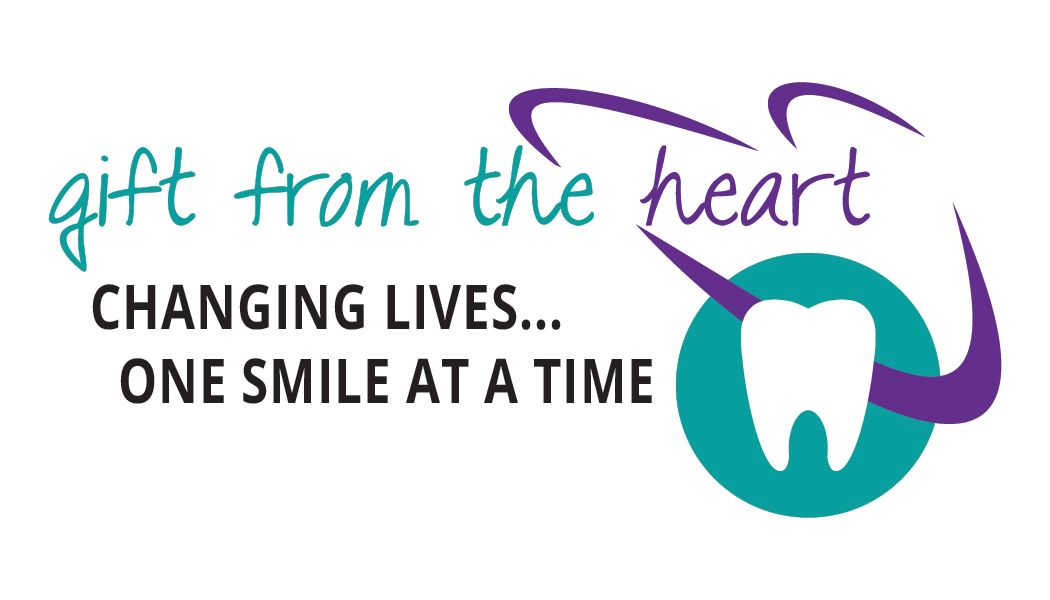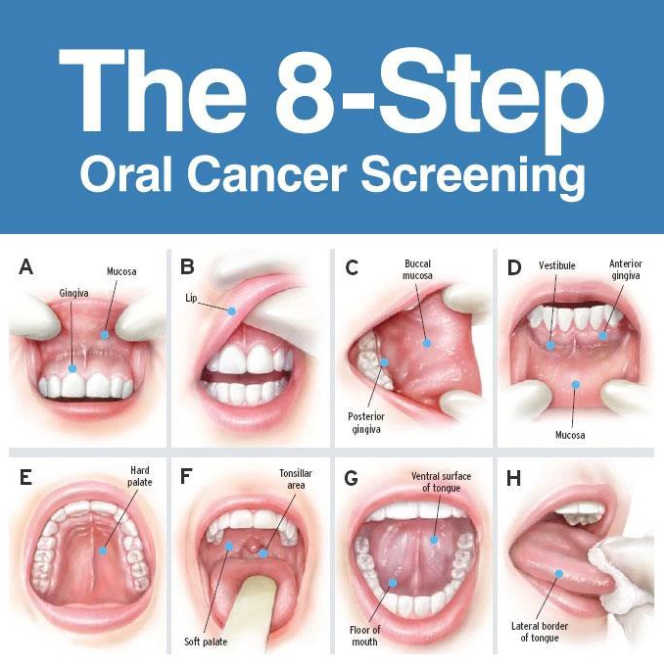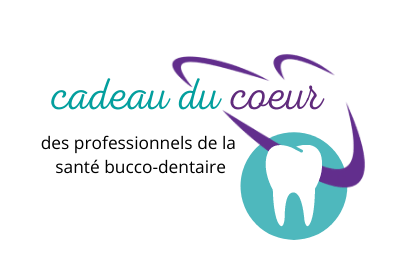Watch and Learn How to Do an Oral Cancer Self Examination
WHERE CAN ORAL CANCER APPEAR?
The oral cavity includes your lips, cheek lining, gums, front part of your tongue, floor of the mouth beneath the tongue and the hard palate that makes up the roof of your mouth. The throat (pharynx) starts at the soft part of the roof of your mouth and continues back into your throat. It includes the back section of your tongue, as well as the base where the tongue attaches to the floor of your mouth.
WHAT ARE THE SYMPTOMS OF ORAL CANCER?W
It’s important to be aware of the following signs and symptoms and to see your dentist if they do not disappear after two weeks.
– A sore or irritation that doesn’t go away
– Red or white patches
– Pain, tenderness or numbness in mouth or lips
– A lump, thickening, rough spot, crust or small eroded area
– Difficulty chewing, swallowing, speaking or moving your tongue or jaw
– A change in the way your teeth fit together when you close your mouth
Some people complain of a sore throat, feeling like something is caught in their throat, numbness, hoarseness or a change in voice. If you have any of these symptoms, let your dentist know, especially if you’ve had them for two weeks or more.
WHAT ARE THE RISK FACTORS FOR ORAL CANCER?
Research has identified a number of factors that increase the risk of developing oral cancers. Men are twice more likely to get oral cancer than women. Smokers and excessive alcohol drinkers older than 50 are the most at-risk.
The human papilloma virus (HPV), which is sexually transmitted, has also been associated with throat cancers at the back of the mouth. HPV-positive head and neck cancers are related to the rise in throat cancers in non-smoking adults. HPV-positive head and neck cancers typically develop in the throat at the base of the tongue and in the folds of the tonsils making them difficult to detect. Although people with HPV-positive cancers have a lower risk of dying or having recurrence than those with HPV-negative cancers, early diagnosis is associated with the best outcomes. Regular dental check-ups that include an examination of the entire head and neck can be vital in detecting cancer early.





